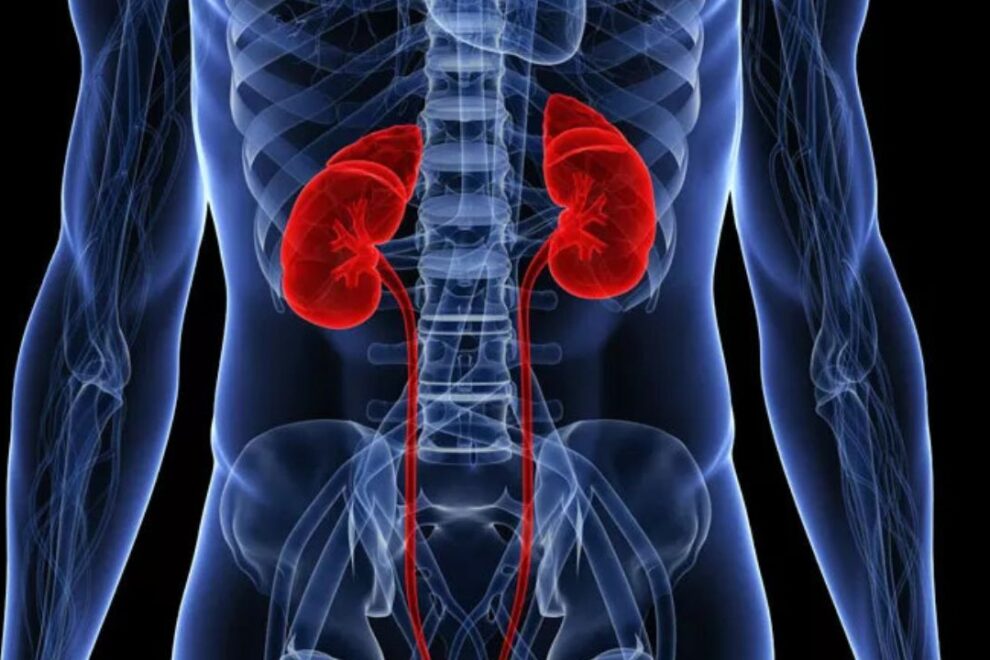Renal Artery Aneurysm Surgery and Cost in India
What is renal vascular disease?
Renal vascular disease is the name given to a variety of complications that affect the arteries and veins of the kidneys. These complications affect the blood circulation of the kidneys, and may cause damage to the tissues of the kidneys, kidney failure, and/or high blood pressure.
An aneurysm or aneurism, is a localized, blood-filled dilation (balloon-like bulge) of a blood vessel caused by disease or weakening of the vessel wall.


Free Doctor Opinion
Aneurysms most commonly occur in arteries at the base of the brain (the circle of Willis) and in the aorta (the main artery coming out of the heart, a so-called aortic aneurysm). As the size of an aneurysm increases, there is an increased risk of rupture, which can result in severe hemorrhage, other complications or even death.
A renal artery aneurysm is defined as a dilated segment of renal artery that exceeds twice the diameter of a normal renal artery. Symptomatic RAAs can cause hypertension, pain, hematuria, and renal infarction. Asymptomatic RAAs may seem benign, but the potential for rupture and fistulization increases with size. Asymptomatic patients can be referred for elective repair, but if patients are symptomatic, further investigation with possible surgical intervention should be considered.
Renal artery aneurysms (RAAs) are uncommon, occurring in approximately 0.09% of the general population. Most clinicians will likely encounter this entity as an incidental finding, as more frequent magnetic resonance imaging, computed tomography, and arteriographic studies are being performed for other diseases. The clinical features and management of RAAs have generally been reported through case series depicting small numbers of patients. Considerable controversy continues to surround the treatment of these aneurysms: specifically, what size RAA warrants surgery, when and how to repair them, how to follow those not treated surgically, and whether RAAs cause hypertension or merely are associated with elevated blood pressure remain ill-defined issues.
Surgical therapy was categorized as a RAA resection with a primary or patch angioplastic closure or segmental renal artery reimplantation; RAA resection and interposition grafting; and nephrectomy. Nephrectomy was classified further into two categories: one, planned nephrectomy for anticipated unreconstructable renal artery or arteries resulting from conditions such as overt or covert aneurysmal rupture, intraparenchymal RAA location, or irreparable renal ischemia (based on multiple areas of infarction, or diminutive cortex with evidence of absent function); and two, unplanned nephrectomy resulting from technical failures of the attempted renal artery reconstruction.
Wish to know our Cosmetic Surgery skills, send us your message – click here
Or email at [email protected] / Call +91 9029304141
The cause of renal vascular disease will depend on the specific condition involved : –
- Renal Artery Stenosis : – Stenosis (blockage) of a renal artery may be caused by atherosclerosis (a build-up of plaque, which is a deposit of fatty substances, cholesterol, cellular waste products, calcium, and fibrin in the inner lining of an artery) or other conditions, such as fibromuscular dysplasia (a condition that weakens the walls of medium-sized arteries and occurs predominantly in young women of childbearing age), and Takayasu’s arteritis (a rare inflammatory disease affecting the aorta and its branches, including the renal arteries). Atherosclerosis is the cause of about 80 percent to 90 percent of renal artery stenosis.
- Renal Artery Thrombosis :- Formation of a thrombosis (clot) inside one of the renal arteries may occur as a result of trauma, infection, inflammatory disease, renal artery aneurysm, or fibromuscular dysplasia.
- Atheroembolic Renal Disease :- Small pieces of plaque (emboli) from atherosclerosis formation in other arteries of the body may break off and travel to the renal arteries, blocking blood flow to the kidney. Emboli may occur because of surgery, insertion of a catheter, or the use of blood-thinning medications. The disease most commonly affects older persons.
- Renal Vein Thrombosis : – Conditions associated with the presence of renal vein thrombosis include trauma, compression of a renal vein by an adjacent structure such as a tumor or aneurysm, nephrotic syndrome (results from damage to the kidneys’ glomeruli, the tiny blood vessels that filter waste and excess water from the blood and send them to the bladder as urine), pregnancy, administration of steroid medications, and use of oral contraceptives (birth control pills).
Wish to speak to us now? Send us a message and we will call you back –click here
Or email at [email protected] / Call +91 9029304141
Read Also :-
- Stenting for GI Tract Surgery: A Minimally Invasive Solution in Digestive Health
- Surrogacy Agency in India: Professional Guidance for Your Parenthood Journey
- Sigmoidoscopy Surgery in India: Early Detection and Affordable Care for Colon Health
- Advanced Spondylosis Surgery in India: Procedures, Costs & Leading Hospitals
- Stenting for GI Tract Surgery: A Minimally Invasive Solution in Digestive Health
- Sigmoid Colectomy in India: Advanced and Affordable Colon Surgery
Committed To Build Positive, Safe, Patient Focused Care.
High Quality
Care
Home Review
Medicine
All Advanced
Equipment
Book An Appointment

At We Care India, we offer complete medical services for your entire family, from routine check-ups to injury care, ensuring personalized attention and expert assistance for all your health needs.


